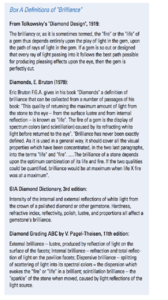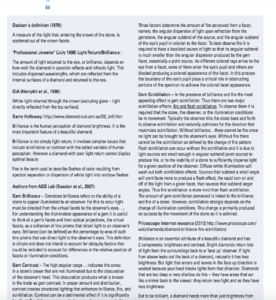- Joined
- Aug 18, 2013
- Messages
- 12,087
To sell a product you need demand. It can either generate naturally, or you can try to create demand. But to create demand you need to reach out directly to your market.
So here's a microcosm of industry and market interaction - right here in this thread. PS is a consumer forum. A number of consumers are responding to your comments and contributing to the conversation. Their comments are being entirely ignored. If you just want to chat to each other - no problem! Start a group email. But if you want to contribute to a consumer forum, and ask our opinion, respond to what we say. Until industry stops treating the consumer as tho they are either just a wallet, or alternately, ignorant, connection between the two will never happen. Does the industry indeed have something to offer me as the consumer? I don't know. Convince me.
And enough with the abbreviations and jargon pls. I'm here to learn. Jargon teaches nothing.
So here's a microcosm of industry and market interaction - right here in this thread. PS is a consumer forum. A number of consumers are responding to your comments and contributing to the conversation. Their comments are being entirely ignored. If you just want to chat to each other - no problem! Start a group email. But if you want to contribute to a consumer forum, and ask our opinion, respond to what we say. Until industry stops treating the consumer as tho they are either just a wallet, or alternately, ignorant, connection between the two will never happen. Does the industry indeed have something to offer me as the consumer? I don't know. Convince me.
And enough with the abbreviations and jargon pls. I'm here to learn. Jargon teaches nothing.





300x240.png)